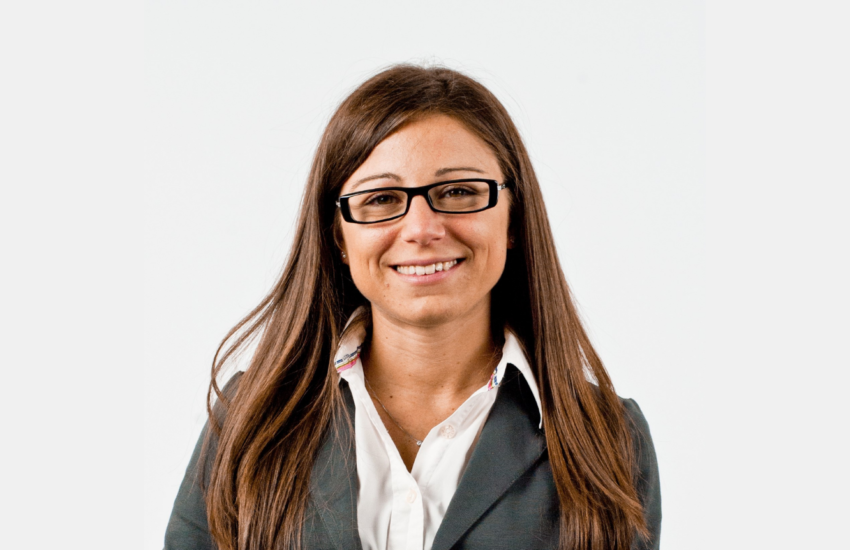Digitalisation is changing many of our daily habits, from shopping to services that have become part of our everyday lives. The digitalisation process has also invested one of the most traditional sectors, that of cultural institutions, with implications that might well increase its potential.
We spoke about this with Professor Deborah Agostino, who analyses the transformations taking place in cultural institutions with the Observatory of Digital Innovation in Cultural Heritage and Activities..
What prompted you to get involved in digital innovation in the cultural heritage sector?
I started researching the digitisation of cultural institutions because it is a sector with great potential and beneficial effects on society. When we talk about cultural heritage, we should think not only about preserving the asset but also about how it is used. Digital technology provides many opportunities to make cultural heritage accessible to an increasingly wider population with a very important social impact in terms of raising more awareness, combating marginalisation and involving more demographic groups.
Typically, scientific literature maintains that those who are used to enjoying culture continue to do so, while those who are not used to enjoying it continue not to do so. This happens because certain types of cultural sectors in particular are seen as elitist. Technology helps to overcome this prejudice and to make culture more approachable for a much younger audience. Suffice to think of the whole culture of video games and gamification, which allows children and adolescents to interact with works, with a different engaging language.
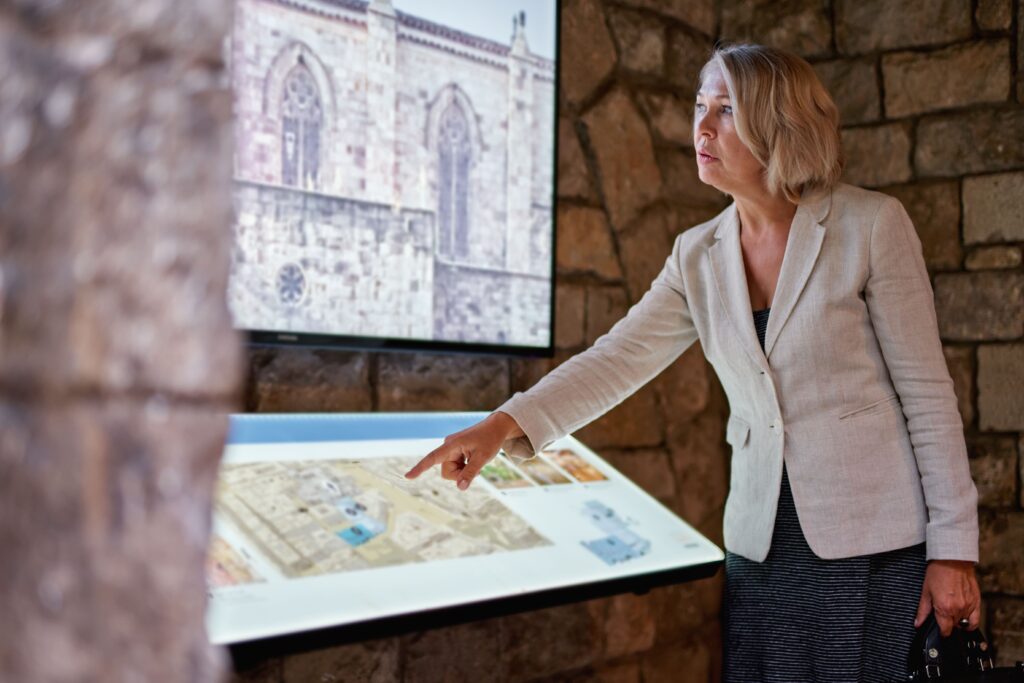
In the past you have worked in business organisation and economics. What do these two fields have in common?
I am a management engineer with a PhD in measuring results in networked organisations. Subsequently, I became more and more interested in how technology helps organisations to collaborate, and I also focused on, a series of projects related to networks of cultural organisations; from there, I started to widen my research on this topic more and more. Architects typically have the cultural asset or monument as their unit of analysis, while management engineers use the organisation, the body behind the asset, as their unit of analysis.
One of your papers mentions the transformation that has taken place in museums, no longer a place solely of conservation, but also of entertainment. Is the digitisation of museums accelerating this process?
The museum has different purposes, it speaks to a plurality of very heterogeneous audiences, so it has to be able, at least for the research we are conducting, to speak both to experts but also to schoolchildren or those looking for a leisure activity.
Digital technologies help enormously in achieving this objective: VR headsets, competitions online or on social media, virtual reality and augmented reality mean an on-site visit can be made more interactive, allowing visitors to discover and have fun at the same time: that fusion of education and entertainment known as edutainment.
Starting with the purpose, are there any virtuous examples of museum digitisation in Italy?
With the Observatory of Digital Innovation in Cultural Heritage and Activities we conduct an annual survey on how digital Italian museums are, investigating a wide range of aspects: from strategic approach to investments in digital, from the technology used to the experience, and so on. No one museum in particular stands out for all these dimensions, but there are some very heterogeneous examples, institutions that may have already implemented a digital strategy, have a digital plan and a clear idea of where they are headed. They account for about 24% of Italian museums, just a small number.
A second group, meanwhile, applies and leverages digital transformation at an individual project level, from modernisation of their websites to the choice of an app or a series of online events. The former arestrategy-oriented or strategy-driven museums because they have already committed to a digital strategy, the latter are much more project driven with no long term strategic vision.
This difference has a number of implications on organisation and internal management, from human resources to budget.
Many calls for proposals that fund the development of projects for the cultural world are beginning to stress the importance of a strategy and a capacity-building plan, requesting not just themanagement of the technological project, but also the consequent adaptation of strategies, objectives and organisational model.
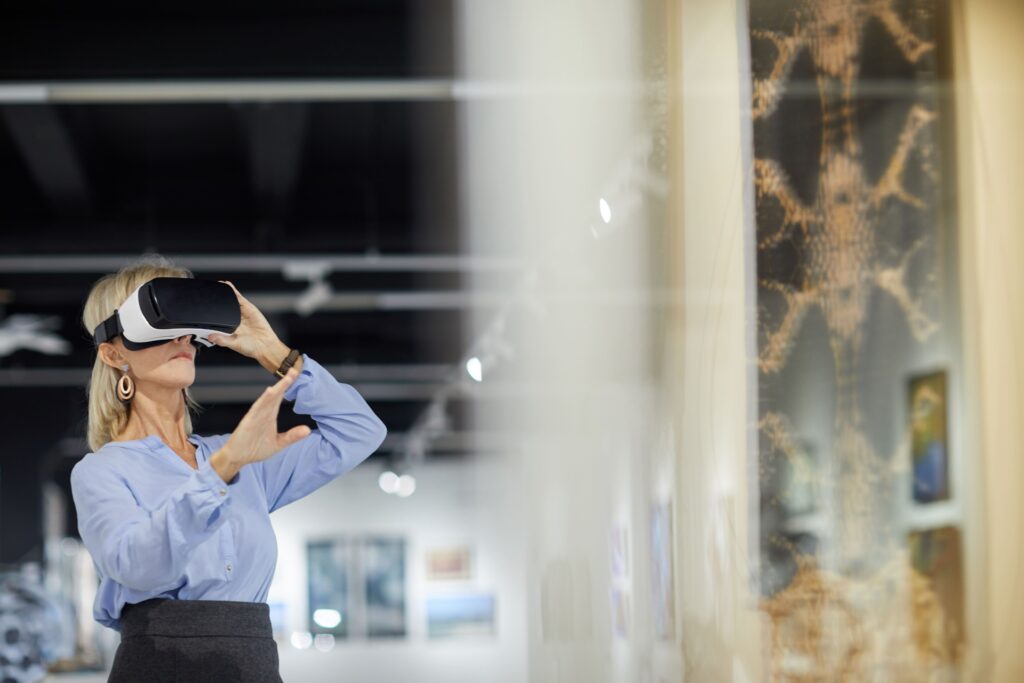
One of your studies points out that QR codes and audio guides are some of the tools most used in the field.
QR codes and audio guides are the most widespread tools, but the pandemic has changed the scenario and online access has been added. Digital technology can support onsite visits with the website, apps, audio guides, etc., but it can also be used to make this cultural offering available at a distance with virtual tours, streamed lessons, online events or podcasts. Digital has a dual role: it is an aid for onsite visitors and a connector for those online.
During the first lockdown, between March and May 2020, our analysis shows an explosion in the social life of museums. We saw huge dynamism in both museum activities on social media and relative audience response.
Museums have started to offer a series of experiences on their websites: virtual online tours with the director, masterclasses on a specific topic… Some have taken the opportunity to relaunch and structure a digital offering, while others tackled the immediate emergency with stopgap measures but then returned to what they were doing pre-pandemic.
A less visible aspect of digital is big data. Among the projects you have coordinated, there was one that dealt precisely with the integration of traditional and big data… Has a trend or an interesting aspect emerged from these projects?
More than a trend, what they revealed was a lot of potential. A 2018 call for proposals by the Ministry of Culture funded a project of ours on data integration for analysing the online reputation of museums. Ours was an interdisciplinary team, involving not only myself or other researchers from the Management, Economics and Industrial Engineering Department but also colleagues from the Electronics, Information and Bioengineering Department for all the web analysis part.
We developed a real platform, with dashboards enabling the real-time monitoring of behaviour by museums online. This dashboard had multiple levels of visibility: from individual museum directors to the Ministry, where the latter could have an overview and benchmark individual museums, collecting data in real time. The data was updated within 24 hours and measured, for example, the virality of social posts or reviews on Trip Advisor, with a very dynamic system that meant we could ‘browse’ the results in different ways. The project allowed us to study both museum and user behaviour.
Again, there were those who knew how to manage the data, analysing and using it for decision-making, and those who struggled to follow the project, blocked by an overly bureaucratic approach.
What role do budgets and the background of the people involved play?
Directors often tell me that there are many humanist profiles in museums. This is fine, of course, but humanists alone are no longer sufficient. When you introduce a series of analytical and technical processes, you need a more hybrid figure, obviously familiar with the museum scenario and its sector, but at the same time also equipped for all the organisational and data management aspects. The ideal solution would be to train the current humanists who already have the relative technical skills and give them management skills and to insert new figures with a background in management engineering, and project and data management.
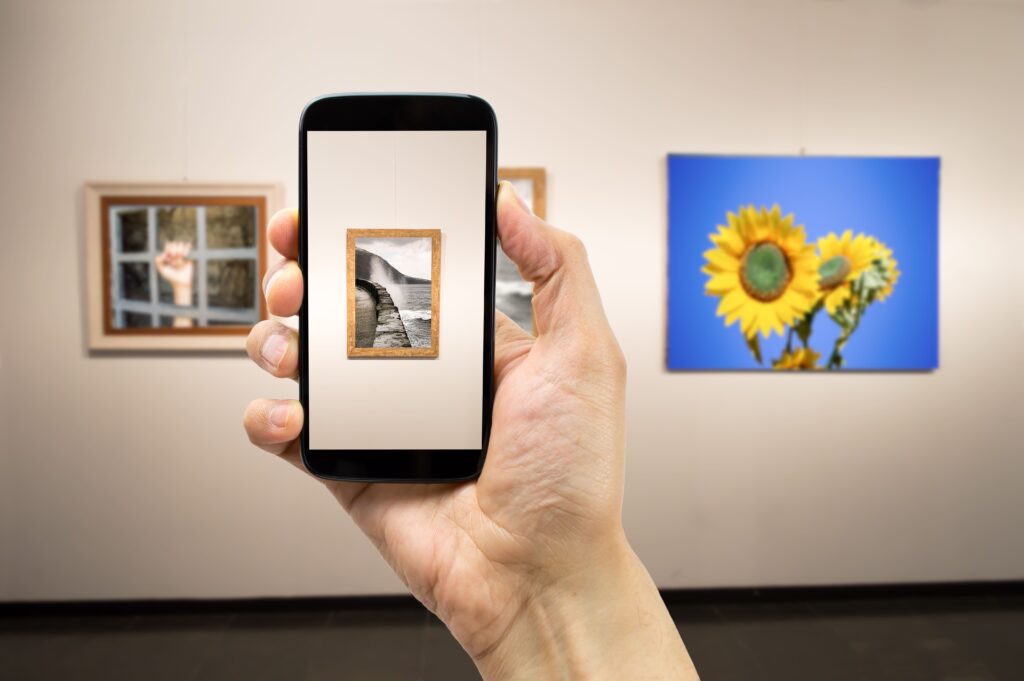
You curated research into the exploitation of social media data in the decision-making process at Teatro della Scala. How do social media fit into the digitisation strategy and, especially, with the Metaverse in mind?
Social media data are used on two levels. The first is pure communication, namely how the theatre or museum interacts and communicates with its audience via social media, with measurement of the effectiveness of these actions.
The second level is analysis of the text and sentiment of what users post on social channels, which can give insight that can be used when making decisions.
We conducted a text analysis of Trip Advisor posts and reviews of Italian museums that revealed, for example, that foreign visitors complain the most about queues at the entrance (obviously before Covid-19), while for Italians this never emerged as a problem.
This is an interesting issue because, based on this data, during the planning phase a museum director can organise a visit differently.
Meanwhile, we are studying the emerging new technologies, the Metaverse, NFTs… with the aim of understanding their real potential. We are in a phase of scouting for existing projects to understand how national and international cultural institutions are embracing these opportunities.
You conducted research into good practices in museums. What did this study reveal?
The project involved four museums that asked us for assistance with collecting data and building a dashboard to analyse their audiences and internal organisation, key information a museum director must have in order to decide which direction to take.
The most interesting thing to emerge from this was analysis of the “non-audience”. We collected data in the museum’s town, focusing on residents who had never visited the museum to understand why and what interests they had. The interesting thing that emerged was that those who visit the museum are people who are used to enjoying culture; others simply prefer to cultivate other interests in their free time.
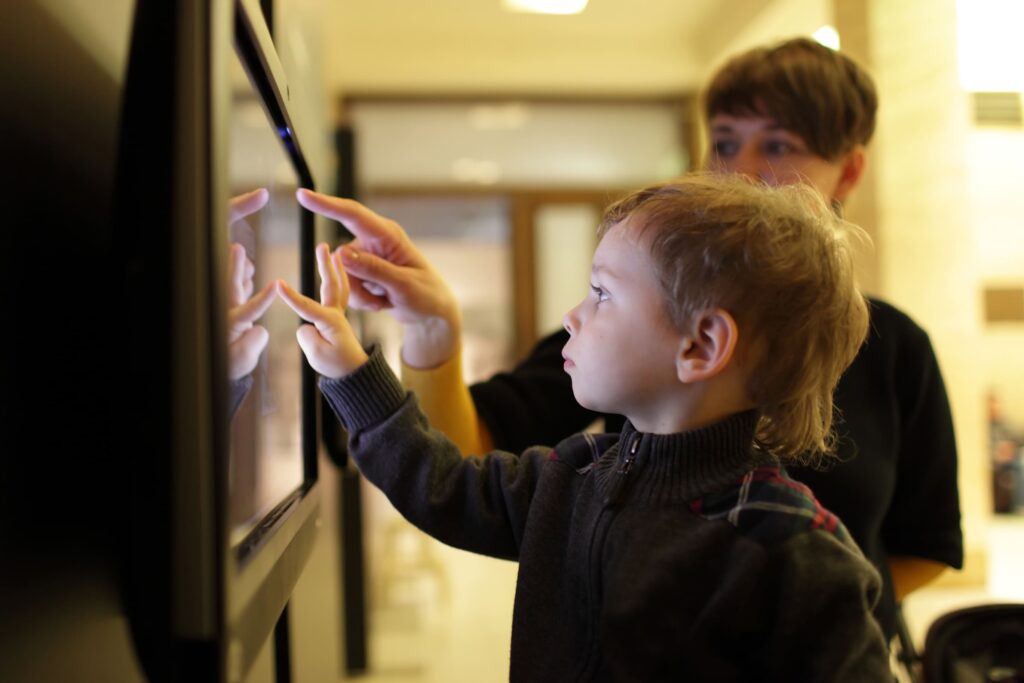
So how do you attract this “disinterested” audience?
The English say “one size does not fit all”. This is the perfect explanation of how a single offering will not be everyone’s choice. The solution is “tailor-made”, exploiting digital technology’s ability to profile audiences: if the museum hosts a masterpiece, a famous artist, it can tailor the visit differently according to the audience. You cannot organise the same experience for experts, families and schools, you need to build different options in a modular way, using new technologies or gamification. For example, some museums have developed tours for children using tablets with augmented reality characters from cartoons or comics. The child and the adult follow the same route, but enjoy completely different experiences.

